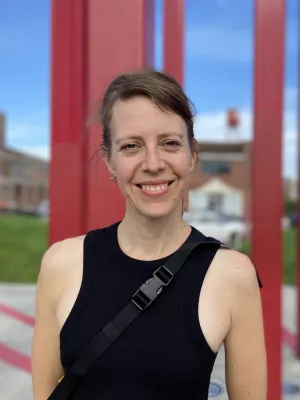
Melissa García
Associate senior lecturer

Gentrification pathways and their health impacts on historically marginalized residents in Europe and North America : Global qualitative evidence from 14 cities
Author
Summary, in English
As global cities grapple with the increasing challenge of gentrification and displacement, research in public health and urban geography has presented growing evidence about the negative impacts of those unequal urban changes on the health of historically marginalized groups. Yet, to date comprehensive research about the variety of health impacts and their pathways beyond single case sites and through an international comparative approach of different gentrification drivers and manifestations remains scarce. In this paper, we analyze qualitative data on the pathways by which gentrification impacts the health of historically marginalized residents in 14 cities in Europe and North America. We build on 77 interviews with key neighborhood stakeholders. Data analysis indicates four main concurrent processes: Threats to housing and financial security; Socio-cultural displacement; Loss of services and amenities through institutional gentrification; and Increased risks of criminal behavior and compromised public safety. Gentrification is experienced as a chain of physical and emotional community and individual traumas – an overall shock for historically marginalized groups – because of permanent pressures of insecurity, loss, state of displaceability, and the associated exacerbation of socio-environmental disadvantages.
Publishing year
2021-11
Language
English
Publication/Series
Health and Place
Volume
72
Links
Document type
Journal article
Publisher
Elsevier
Topic
- Human Geography
Keywords
- Commercial development
- Gentrification and health
- Greening and green gentrification
- Marginalized residents
- Pathways
- Real estate projects
- Tourism
Status
Published
ISBN/ISSN/Other
- ISSN: 1353-8292